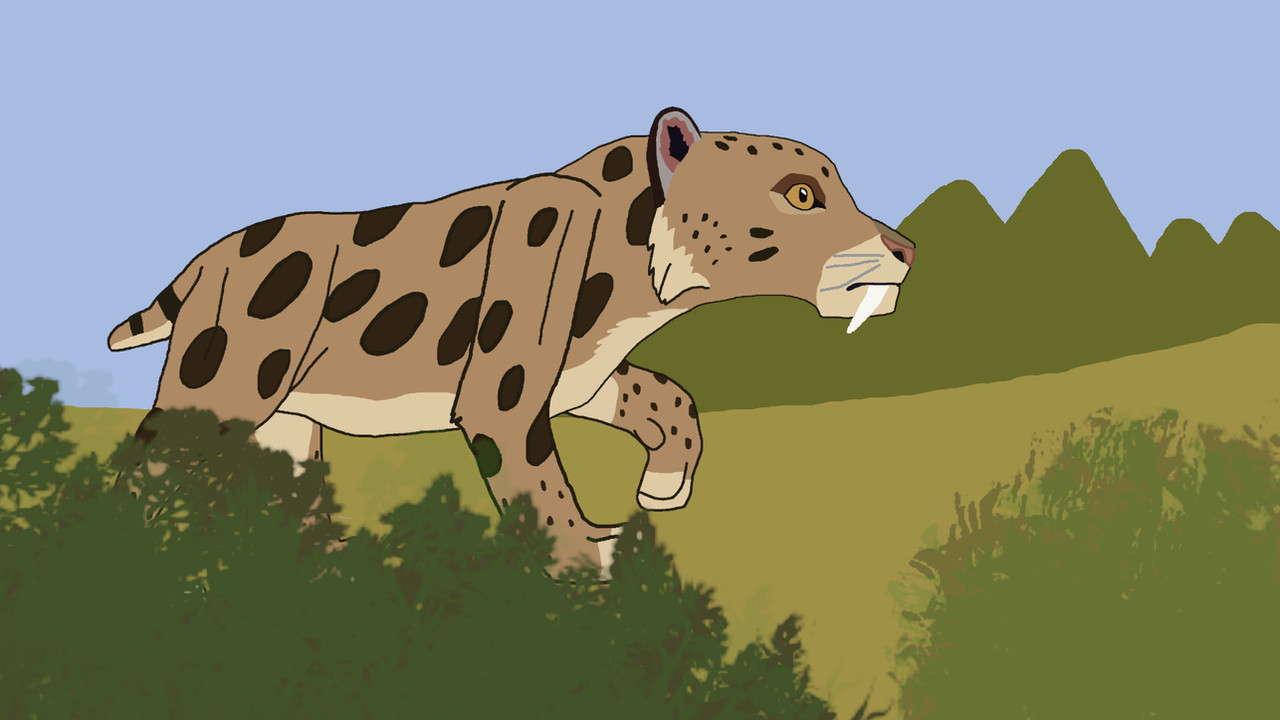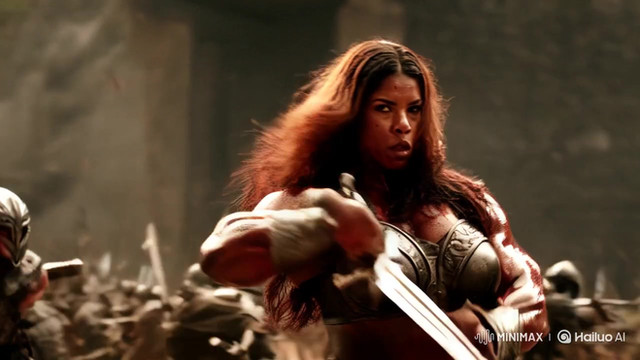HOME | DD
 TomVR97 — Smilodon on the prowl.
TomVR97 — Smilodon on the prowl.

#iceage #sabertooth #sabertoothcat #smilodon
Published: 2023-06-01 17:34:23 +0000 UTC; Views: 722; Favourites: 4; Downloads: 0
Redirect to original
Description
Throughout the Ice Age, many massive mammals came and went, yet Smilodon, the iconic saber-toothed cat, was the most infamous, and in some people's cases, deadliest. And looking at its skeleton, it's not hard to see why; with 7 inch canines and a bear-like frame, these lion-sized cats were designed to bring down massive prey; bison, camels, horse, and sometimes mammoth calves were on their menu. Once their prey were in their grasp, the cat would wrestle it to the ground, hold it down on the neck, deliver a devastating bite and tear out a chunk of flesh, making a combination of blood loss and shock to be the root causes of its death.This particular cat here has been following a herd of horses for hours to feed her cubs, who are in a rocky den nearby. Being next to some convenient bushes, she may slither into them to conceal her approach to get even closer than she is now. Yet one wrong move can spell disaster for this hunt, forcing her to try again somewhere else. However, since she's hasn't drawn any attention to herself, and has stayed downwind the entire time, it's unlikely that she and her cubs will go hungry today.
Now whether her species hunted alone or in groups has been up to debate for many years, but fossilised bones of healed injuries seem to support the latter, as an injured saber couldn't possibly bring down a massive beast with an injured leg. Hunting smaller yet faster substitutes would also be nigh impossible, leading to starvation and eventually, death. Scavenging could be an alternative as well, but seeing as we're in what's now Los Angeles, there'll be lots of competition; dire wolves, short-faced bears and American lions will also be prowling around the vicinity, leading to deadly disputes over carcasses. Thus, staying behind and being fed by its kin was the best case scenario for an injured hunter until it was ready to head back onto the grasslands.
Sadly, all things must come to an end, and the Ice Age was no exception; climate change and human intervention were the most likely causes of extinction for many animals, including the animals Smilodon feasted on. This in turn led to the extinction of the great carnivore itself, but its legacy and fame would continue to thrive, long after their disappearance from this world.

























